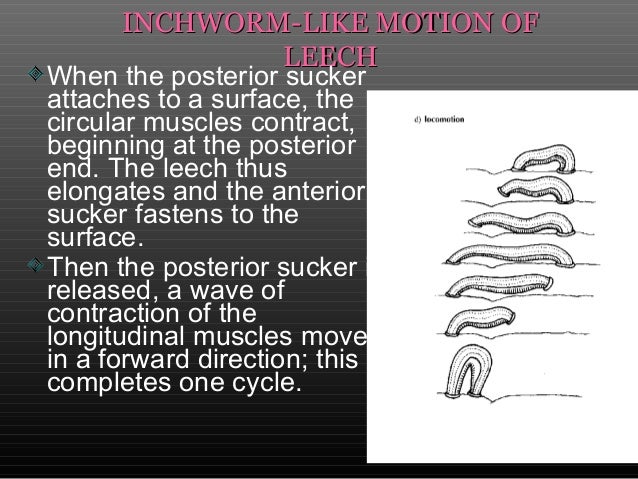Brusca And Brusca Invertebrates Pdf File

The taxonomy of invertebrates as proposed by Richard C. Brusca and Gary J. Brusca in 2003 is a system of classification with emphasis on the invertebrates, in other words, a way to classify animals, primarily those which have no backbone.
Invertebrates, Second Edition, presents a modern survey of the 34 animal phyla (plus the Protista) and serves as both a college course text and a reference on invertebrate biology. Thorou gh and up-to-date in its coverage, it is organised around the themes of bauplans (body plans) and evolution (phylogenetics). Each phylum is organised in a standardised fashion, treating the systematics, bauplan (support and movement, feeding and digestion, circulation and gas exchange, excretion and osmoregulation, nervous system, reproduction and development), and phylogeny. Detailed classifications, phylogenetic trees, and references for all phyla are provided. Tables summarise each phylum's defining attributes.
A modern treatment of the currently recognised groups of protists is also included. The text is accompanied by an abundance of detailed line drawings and - new to this edition - colour photographs. A functional anatomy of invertebrates, Vera Fretter, Alastair Graham, 1976, Science, 589 pages. Invertebrates, Debra J. Housel, Mar 1, 2005, Education, 24 pages. Each book in 8142--TIME For Kids Nonfiction Readers: Fluent Kit is available in a set of six.For add-on purchases, each 6-pack includes 6 copies of this title and a lesson plan. Invertebra te biology a functional approach, Peter Calow, 1981, Science, 183 pages.
Invertebrate zoology a laboratory manual, Robert L. Wallace, Walter Kingsley Taylor, D. Elden Beck, Lee F. Braithwaite, 1997, Science, 336 pages.
Invertebrate Zoology continues to be the most current, up-to-date book available. The popular phylum-by-phylum approach has been retained, providing a solid conceptual.
Invertebra te zoology, Robert William Hegner, Joseph G. Engemann, 1968, Invertebrado s, 619 pages. Invertebra te structure and function, Ernest James William Barrington, Jun 1, 1979, Science, 765 pages. Invertebra te zoology, Paul E. Lutz, 1986, Science, 734 pages.
Animal Diversity, Cleveland P. Hickman, Larry S Roberts, Susan L. Drama taiwan fated to love you sub indo movie subtitle.
Keen, Allan Larson, David Eisenhour, Oct 1, 2008, Science, 480 pages. A top choice among students and instructors alike, Animal Diversity continues to earn the appreciation of both science majors and non-majors alike. The book uses the theme of.

The Invertebrates, R. McNeill Alexander, 1979, Science, 562 pages. Invertebra te zoology, Victor Schechter, 1959, Science, 530 pages. A biology of lower invertebrates, W. Russell-Hunter, 1969, Invertebra tes, 224 pages. Biology of Invertebrata, James Herdman Wilmoth, 1967, Invertebrates, 465 pages. Invertebra te Zoology: Crustacea, Alfred Kaestner, 1967, Science, 523 pages.
GAO personnel reform: does it meet expectations?: joint hearing., Volume 4 does it meet expectations?: joint hearing before the Subcommittee on Federal Workforce, Postal Service, and the District of Columbia of the Committee on Oversight and Government Reform, House of Representatives, and the Subcommittee on Oversight of Government Management, the Federal Workforce, and the District of Columbia of the Committee on Homeland Security and Governmental Affairs, United States Senate. One Hundred Tenth Congress, first session, May 22, 2007, United States. Committee on Oversight and Government Reform. Subcommittee on Federal Workforce, Postal Service, and the District of Columbia, United States. Committee on Homeland Security and Governmental Affairs. Subcommittee on Oversight of Government Management, the Federal Workforce, and the District of Columbia, 2008, Business & Economics, 405 pages.
Brusca, Gary J.
• Invertebrates, 2003, 936 pages, Richard C. Brusca, Gary J.
Brusca,,975, Sinauer Associates, Incorporated, 2003 Published: 17th March 2013 DOWNLOAD Invertebrates Invertebrates, Second Edition, presents a modern survey of the 34 animal phyla (plus the Protista) and servesas both a college course text and a reference on invertebrate biology. Thorough and up-to-date in its coverage,it is organised around the themes of bauplans (body plans) and evolution (phylogenetics). Each phylum isorganised in a standardised fashion, treating the systematics, bauplan (support and movement, feeding anddigestion, circulation and gas exchange, excretion and osmoregulation, nervous system, reproduction anddevelopment), and phylogeny. Detailed classifications, phylogenetic trees, and references for all phyla areprovided. Tables summarise each phylum's defining attributes.